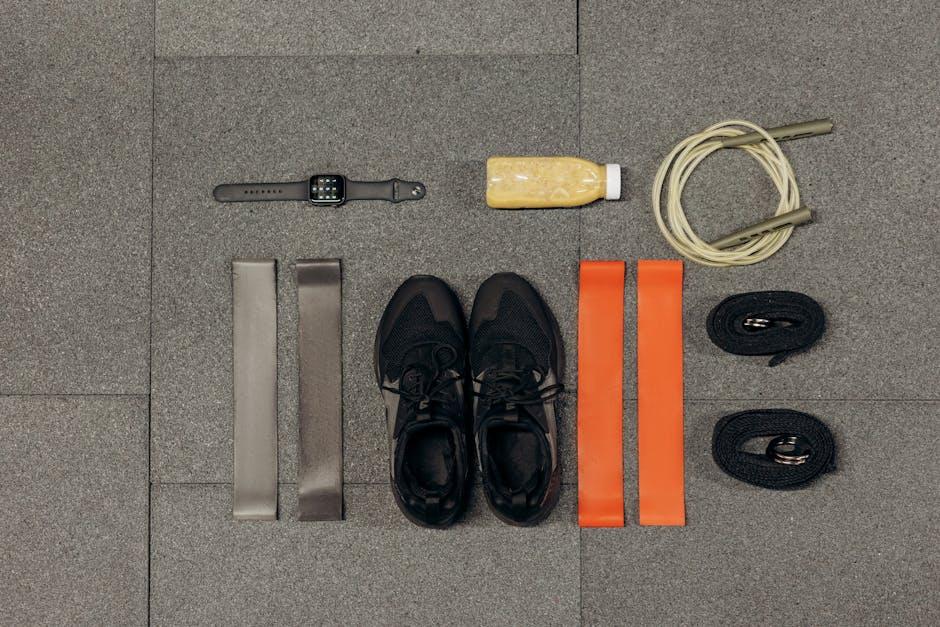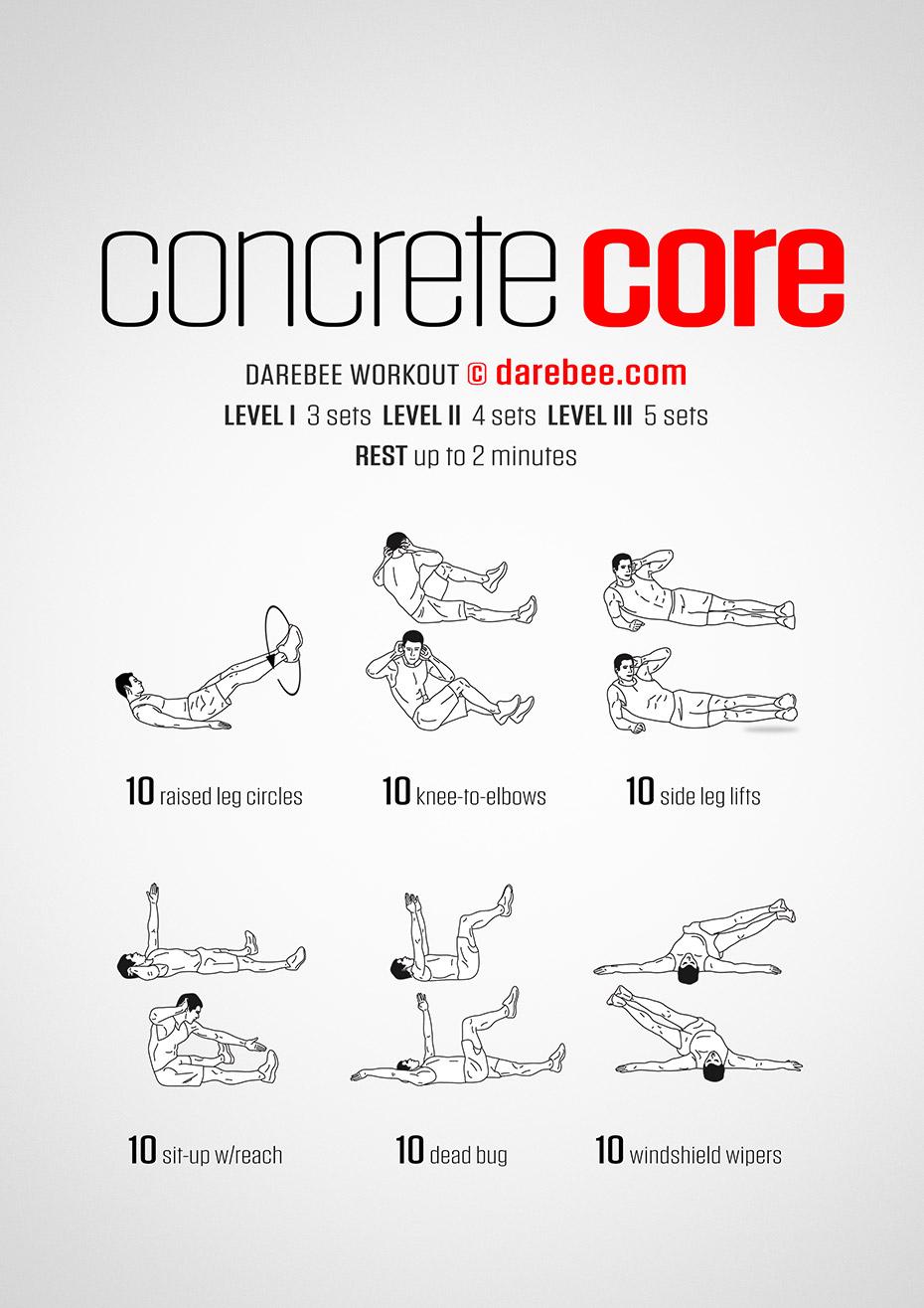Embarking on a journey to build muscle requires more than just lifting weights; it demands a strategic approach to your workouts. Crafting a weekly workout plan tailored to muscle building is essential for maximizing your efforts and achieving your fitness goals. In this guide, we will walk you through the process of designing a balanced and effective workout regimen that targets all major muscle groups, optimizes recovery, and keeps you motivated. Whether you’re a beginner or looking to refine your existing routine, this article will provide you with the tools and knowledge needed to construct a plan that aligns with your aspirations and ensures steady progress. Get ready to transform your fitness journey with a structured and powerful weekly workout plan.
Understanding Muscle Building Principles and Setting Goals
Muscle building is a complex process that involves understanding key principles such as progressive overload, consistency, and recovery. To effectively stimulate muscle growth, it’s crucial to gradually increase the amount of stress placed on the muscles through progressive overload. This can be achieved by incrementally adding weight, increasing repetitions, or altering the tempo of your exercises. Consistency is equally important, as regular workouts help maintain momentum and reinforce muscle memory. recovery should never be underestimated; allowing time for your muscles to repair is essential for growth and preventing injury.
Setting goals is a foundational step in crafting a successful workout plan. Start by identifying your primary objectives—whether it’s gaining strength, improving endurance, or increasing muscle size. Consider the following when setting your goals:
- Specificity: Define clear, precise goals. For example, aim to increase your bench press by 10% over the next three months.
- Measurability: Ensure your goals can be tracked with tangible metrics such as weight lifted, body measurements, or performance improvements.
- Attainability: Set realistic goals that challenge you but remain achievable within your current fitness level.
- Relevance: Align your goals with your personal motivations and lifestyle, ensuring they are meaningful and sustainable.
- Time-bound: Establish a timeline for achieving your goals to maintain focus and motivation.
With these principles and a clear set of goals, you can construct a workout plan that not only aligns with your ambitions but also adapts as you grow stronger and more experienced.
Designing a Balanced Workout Routine for Optimal Muscle Growth
Crafting a well-rounded workout routine that maximizes muscle growth requires a strategic approach, balancing various exercise types and ensuring adequate rest and recovery. Begin by structuring your week with a focus on major muscle groups, aiming for three to four strength-training sessions. Each session should target different areas, such as:
- Upper Body: Include exercises like bench presses, rows, and overhead presses to stimulate the chest, back, and shoulders.
- Lower Body: Focus on squats, deadlifts, and lunges to engage the quadriceps, hamstrings, and glutes.
- Core and Stability: Incorporate planks, Russian twists, and leg raises to enhance core strength and balance.
To optimize muscle growth, complement your strength sessions with two days of active recovery, such as light cardio or yoga, which promotes blood flow and aids in recovery. Remember, rest is as crucial as the workouts themselves, so ensure at least one full rest day to allow muscles to repair and grow. Tailor your routine based on your individual fitness level and goals, gradually increasing intensity and volume to continually challenge your body.

Choosing the Right Exercises and Techniques for Each Muscle Group
When crafting a workout plan, it’s crucial to target each muscle group with exercises and techniques that maximize growth and efficiency. For chest muscles, incorporate exercises like bench presses, push-ups, and dumbbell flyes. These moves focus on both the upper and lower pectorals, ensuring a balanced development. For back muscles, consider bent-over rows, pull-ups, and lat pull-downs, which enhance the width and thickness of your lats and traps.
To build leg muscles, squats, lunges, and leg presses are indispensable. They engage the quadriceps, hamstrings, and glutes, providing a comprehensive lower body workout. For shoulders, shoulder presses, lateral raises, and shrugs effectively target the deltoids and trapezius. Don’t overlook the arms; bicep curls, tricep dips, and hammer curls will sculpt those muscles. for a strong core, integrate planks, Russian twists, and leg raises into your routine. Ensure to maintain proper form and gradually increase weights or resistance to continuously challenge your muscles.

Monitoring Progress and Adjusting Your Workout Plan for Continued Success
To ensure your workout plan remains effective and continues to challenge your muscles, it’s crucial to regularly monitor your progress and make necessary adjustments. Start by keeping a detailed workout log, recording each exercise, set, and rep. This will help you identify patterns, strengths, and areas needing improvement. Additionally, take note of how your body feels after workouts, including any signs of fatigue or plateauing. Tracking your progress not only keeps you accountable but also provides valuable insights into what’s working and what isn’t.
Adjusting your workout plan is essential for continued muscle growth. Consider the following strategies:
- Increase intensity: Gradually add more weight or resistance to your exercises to challenge your muscles further.
- Vary your routine: Introduce new exercises or alter your current ones to target muscles from different angles.
- Alter volume and frequency: Experiment with the number of sets, reps, and workout sessions per week to find the optimal balance for muscle growth.
- Incorporate rest periods: Ensure you have adequate rest days to allow for muscle recovery and prevent overtraining.
By actively monitoring and tweaking your workout plan, you’ll not only prevent stagnation but also maximize your potential for muscle gains. Stay attuned to your body’s signals and be willing to adapt your plan as needed for sustained success.




